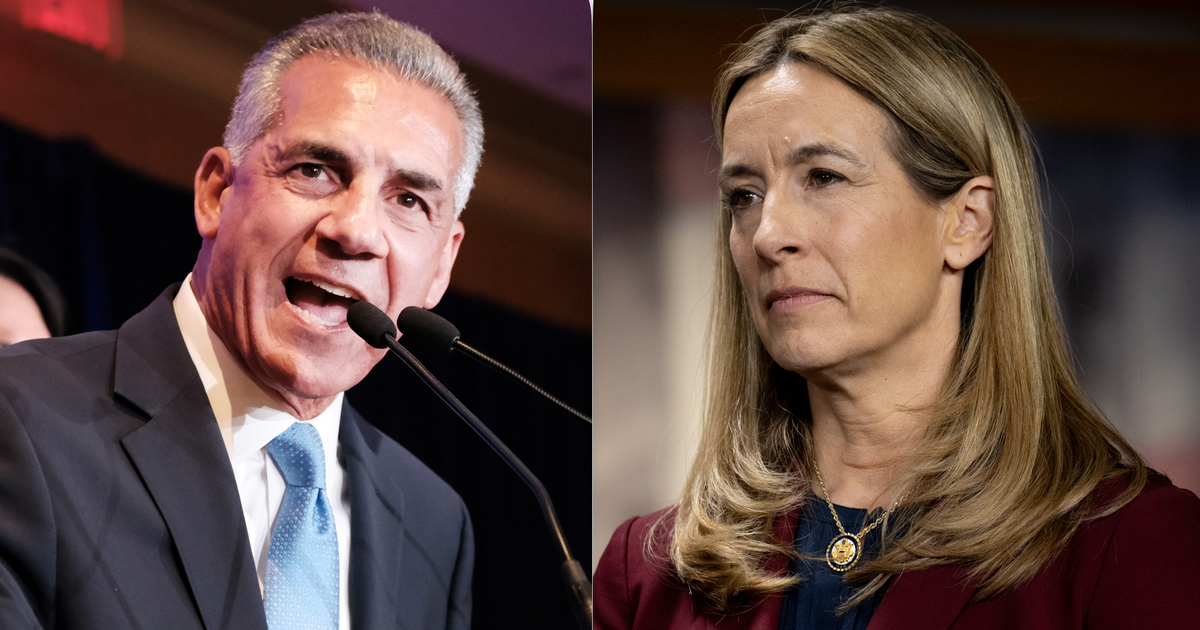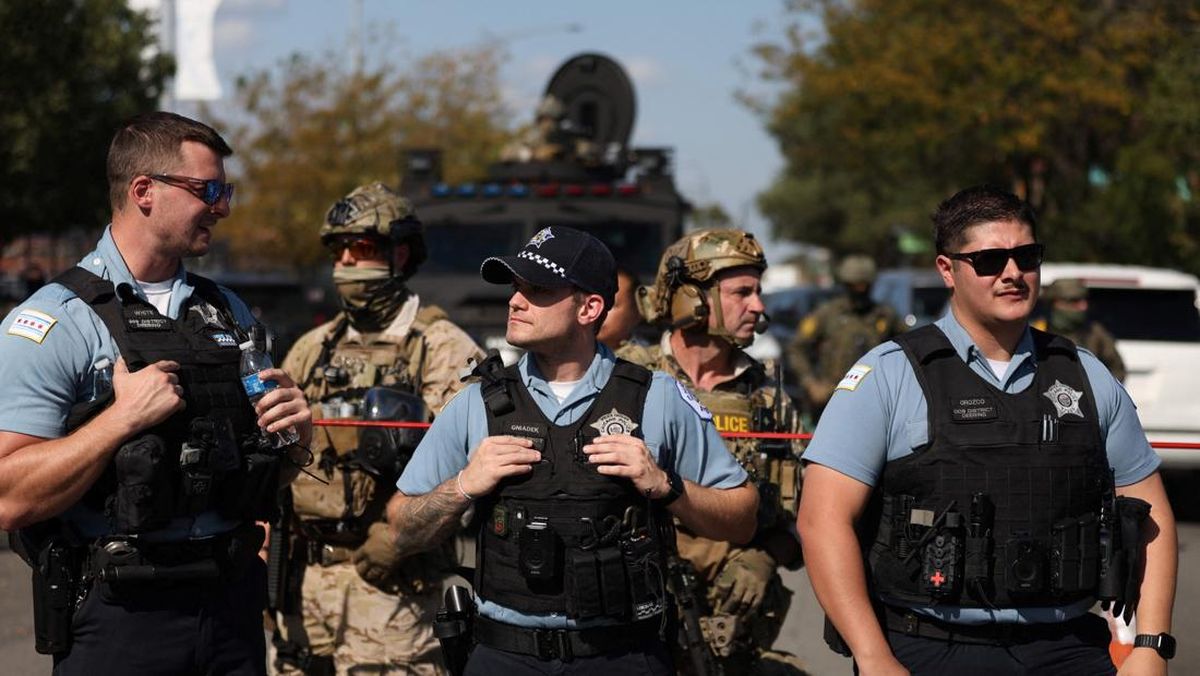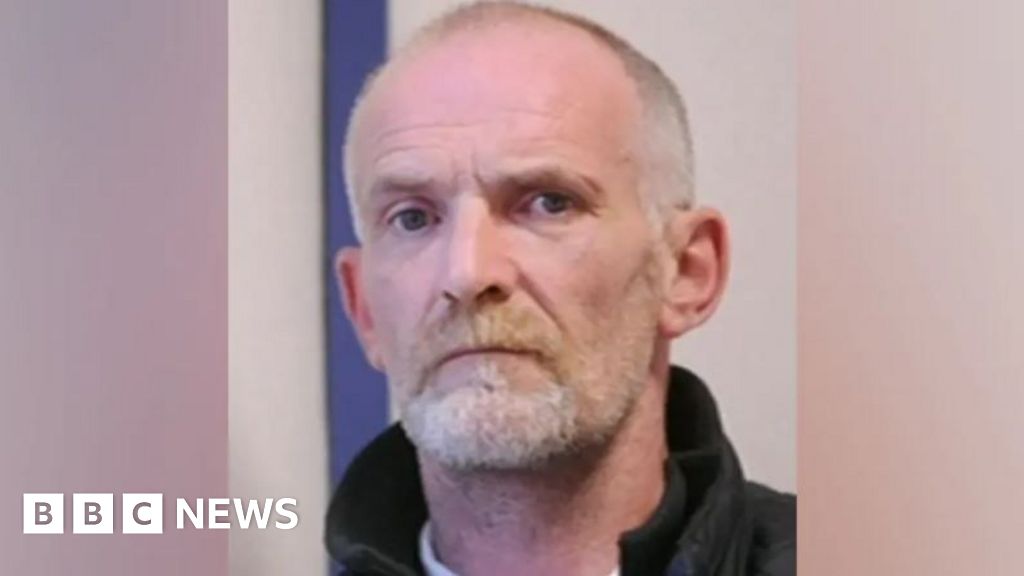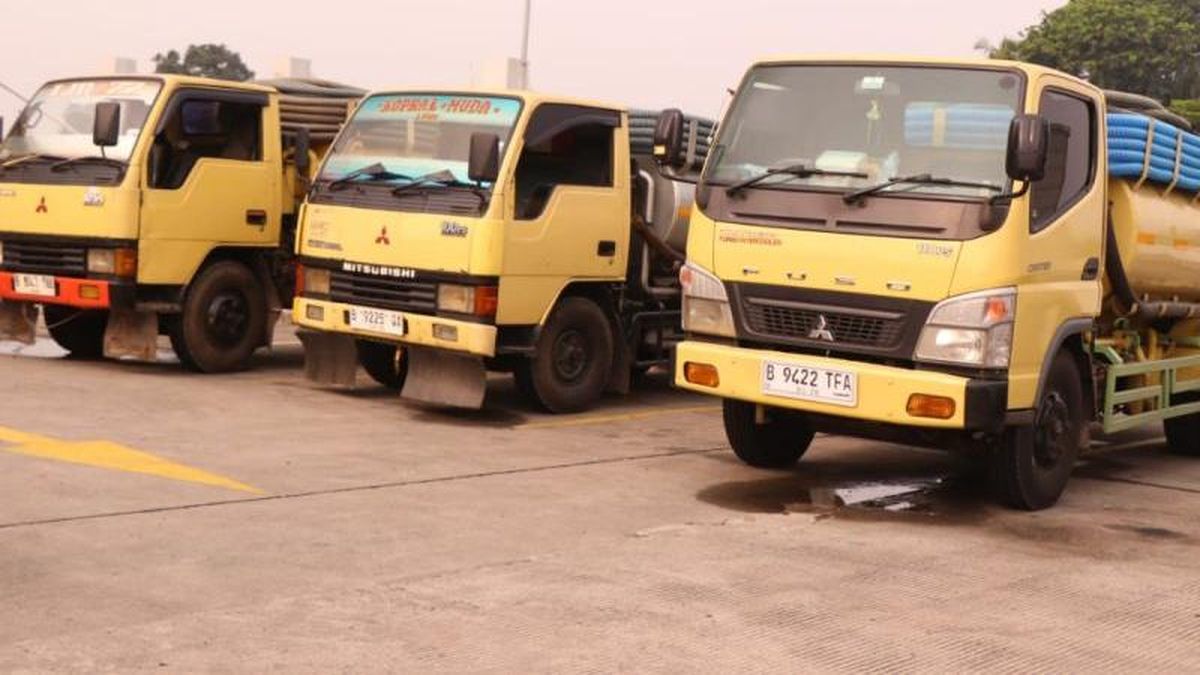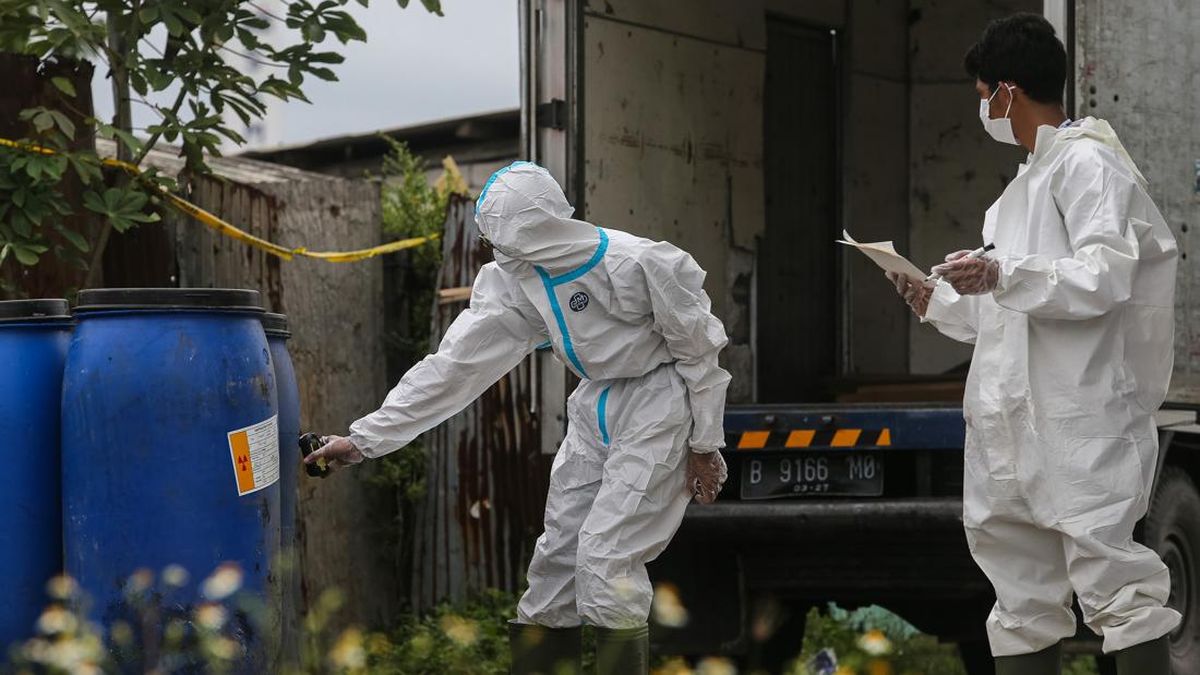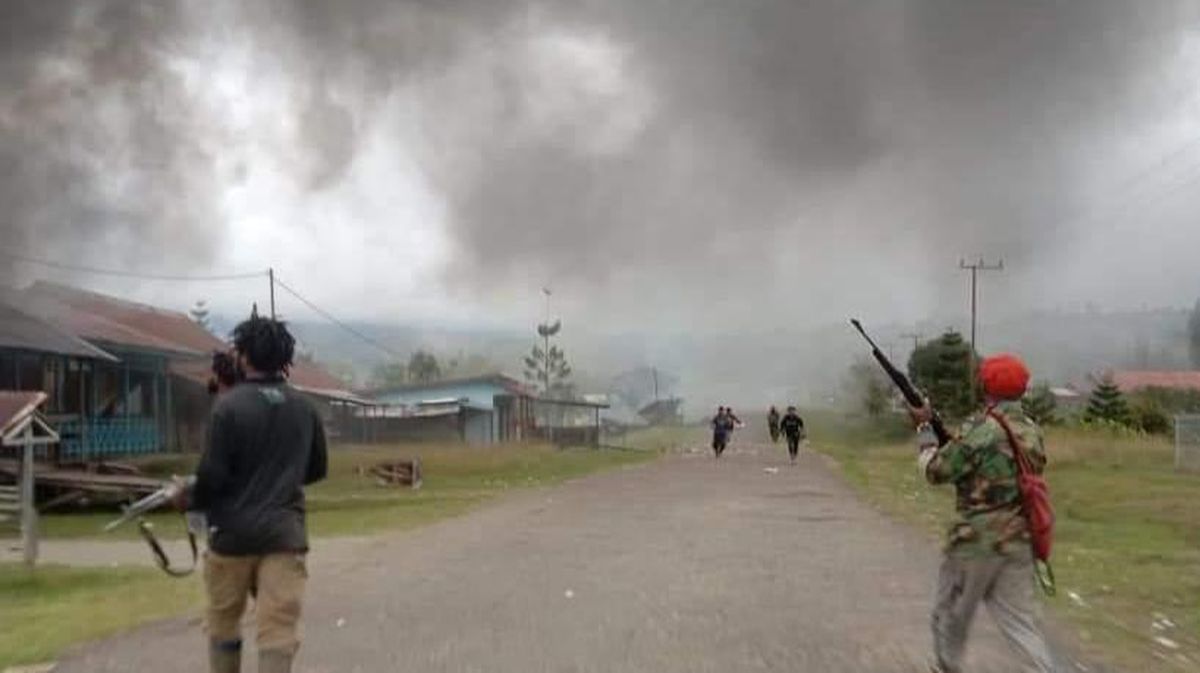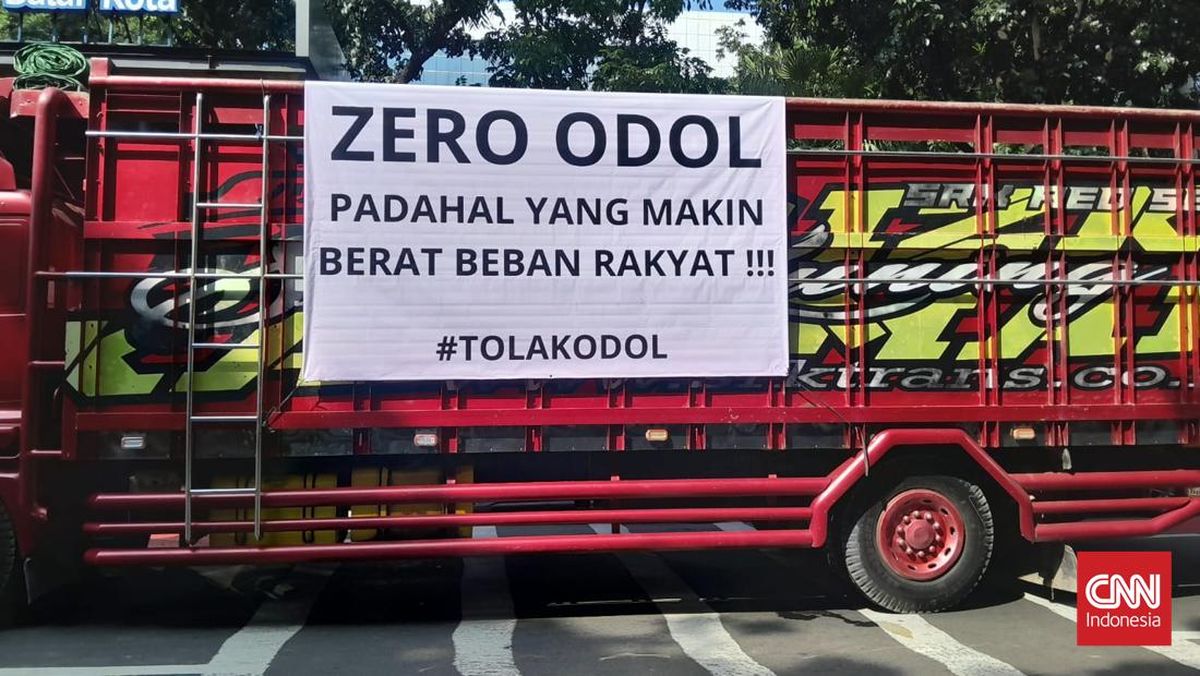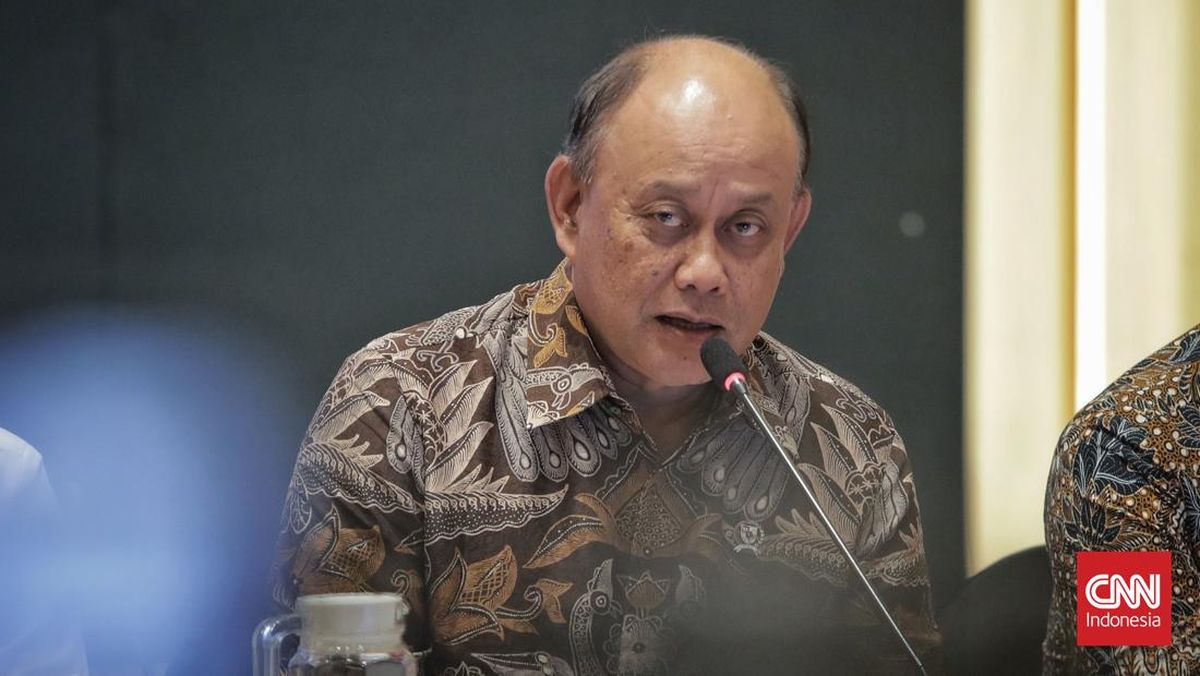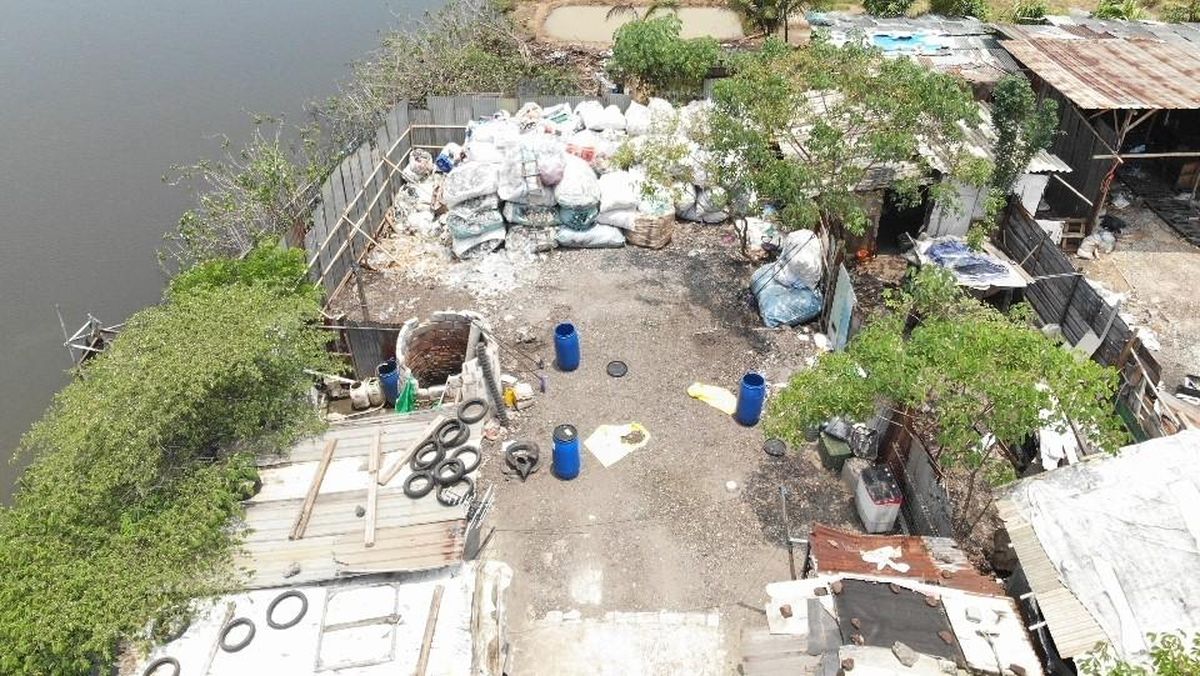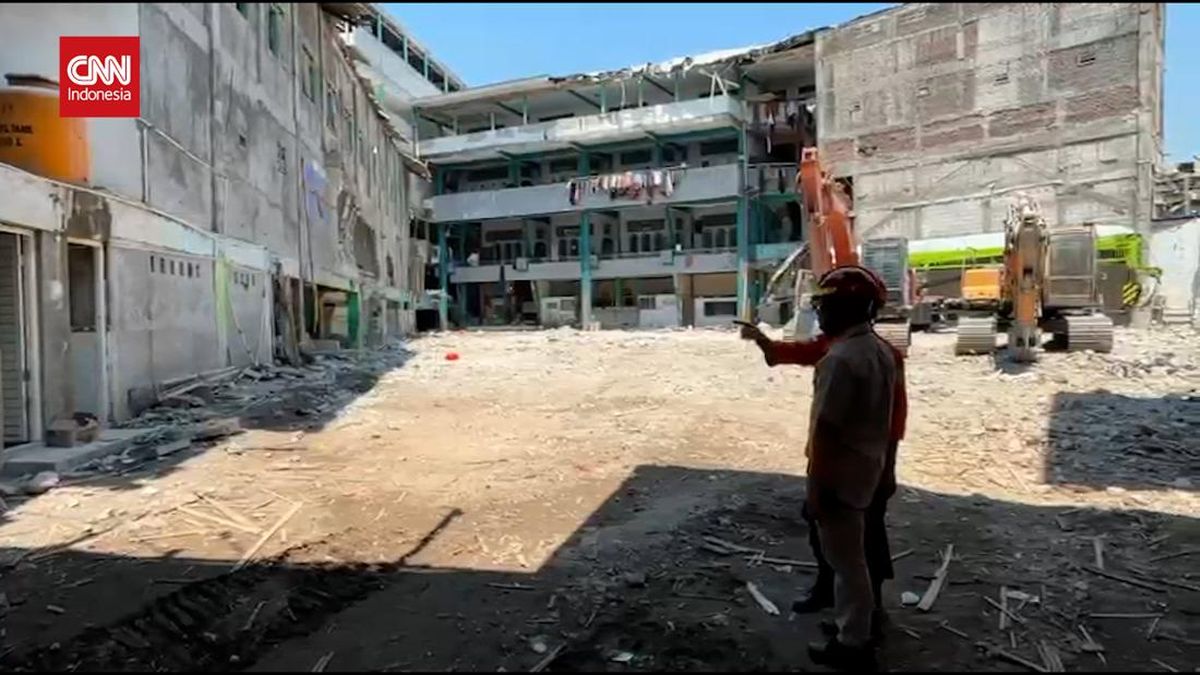Default speed limits on roads outside built-up areas could be reduced from 100km/h to 80km/h to arrest Australia’s rising road toll that hit a 12-year high with 1300 deaths in 2024 and 35,815 hospitalisations.
NSW has recorded 366 deaths in the year to September, 42 more than in the same period last year. Two-thirds of the fatalities happened on regional and country roads outside Sydney, Newcastle and Wollongong.

Emergency crews at a fatal crash last month. Credit: Nine News
A federal government consultation paper released last week argues that a reduction from 100km/h to 80km/h in the speed limit on unsignposted roads would save hundreds of lives, save billions in costs and avoid thousands of injuries.
The regulatory impact analysis estimates that more than 85 per cent of fatalities occur on rural and regional roads with speed limits above 80km/h.
Surgeon John Crozier, a leading road safety expert and a member of the trauma committee of the Australasian College of Surgeons, has seen firsthand in his operating theatre the damage speed causes to patients.
Many motorists complain that lower speeds cause delays. But Crozier said they were better for drivers who arrive refreshed and alive, better for the roads, causing fewer and less costly repairs, and were a much cheaper way to improve road safety than extensive upgrades.
“There’s an increase in travel time in a 30-minute transit around the duration of a Slim Dusty soundtrack, or a Taylor Swift track,” he said.
“The probability of survival and prevention of serious injury in a crash, should it occur at that lower 80 kilometres per hour is much, much, much greater. The fuel consumption is less, the wear and tear on the motor vehicle is considerably less … so for fleet managers, and citizens concerned with environmental concerns, it is win, win, win, with those lower speeds.”
Changes to the speed limit are always controversial, especially in rural and remote areas where drivers travel longer distances than city drivers. When the NRMA asked 1400 members what needed to be changed, speed-related issues were raised 288 times.
“Speeding is out of control everywhere,” wrote Mark from Callala Beach on the NSW South Coast. “[We need] blanket fixed cameras, mobile and point-to-point cameras, and bigger fines.”
“Narrow rural roads with no edges and 100km/h speed limits are a dangerous mix,” said another respondent. “Lower the limit.”
But NRMA member Andrew from Queanbeyan wanted to allow drivers to go “10 per cent over speed limit when overtaking to stop frustration and aggro”.
Loading
A Regulatory Impact Analysis, open for public comment until October 27, by the Department of Infrastructure, Transport and Regional Development said the proposed changes wouldn’t apply to areas that were signposted, including highways, main roads and freeways.
The default speed limit usually applies to roads that are less busy and carry fewer vehicles.
A default speed of 70km/h would bring much greater benefits and save more lives, but would likely lack public support: “80km/h offers a balance between benefits and costs,” the report said.
A South Australian analysis found a 10km/h reduction in speed would be the most cost-effective way to save lives. It would result in a 20 per cent reduction in deaths and serious injuries and cost less than $1 million to implement. In contrast, roadside barriers would have a similar impact but cost $526 million.
If adopted, the default lower limit would set a national benchmark in the Australian Road Rules, which state governments could choose to adopt. The default speed limits outside built-up areas are 100km/h in most states, except for 110km/h in the NT and WA.
The Morning Edition newsletter is our guide to the day’s most important and interesting stories, analysis and insights. Sign up here.
Most Viewed in National
Loading

